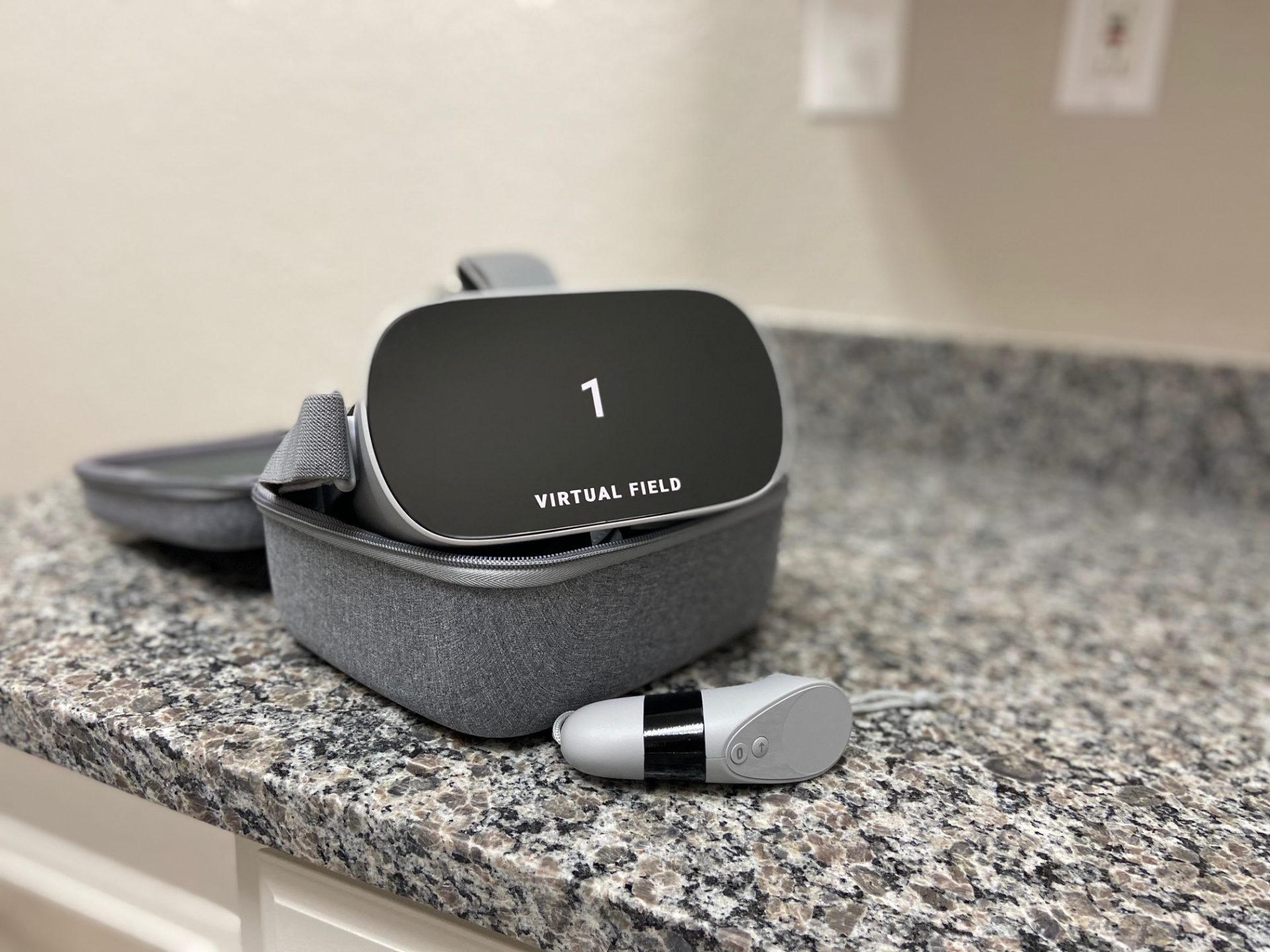Glaucoma
Glaucoma is a silent eye disease that slowly steals your vision away. It is called a silent eye disease because in the early stages there are usually no symptoms or warning signs that you have it. It often affects your peripheral vision first and without treatment, glaucoma can lead to blindness. Think of eye pressure like a bathtub with the faucet running. If the faucet is running too fast or the drain is running too slowly, then the tub will overflow. Similarly, the eye pressure rises when there is a mismatch between the fluid being produced in the eye (the faucet) and the ability of the fluid to leave the eye (the drain).

